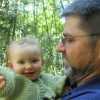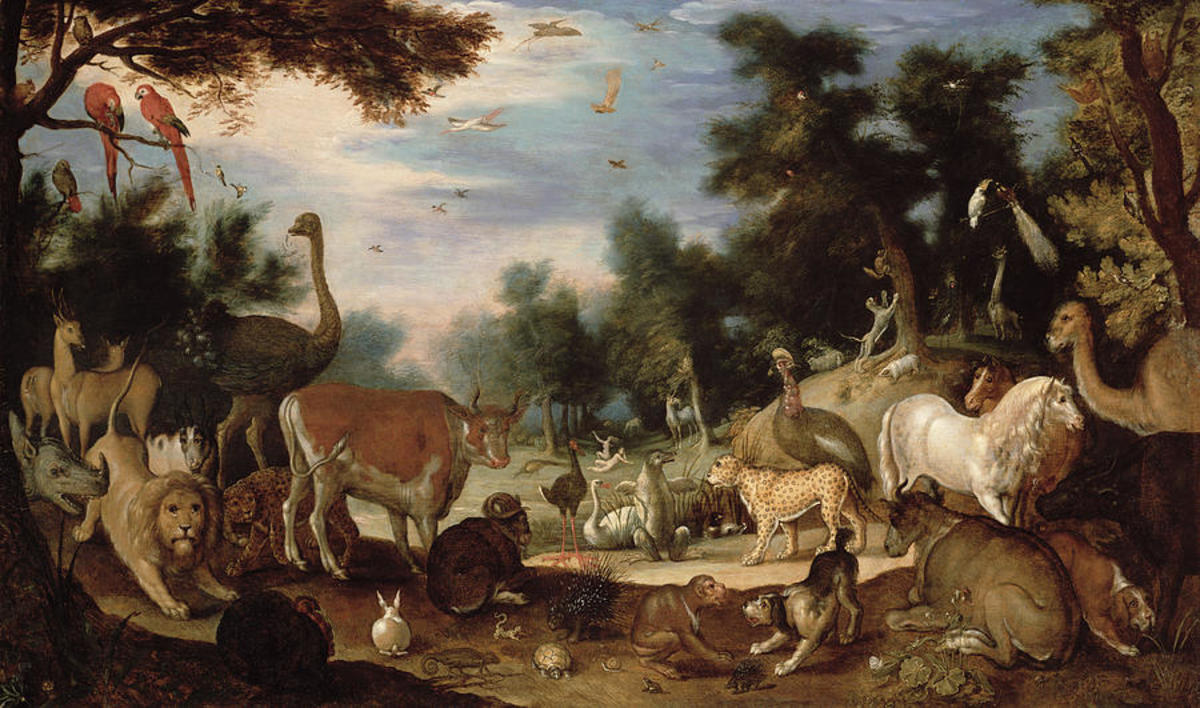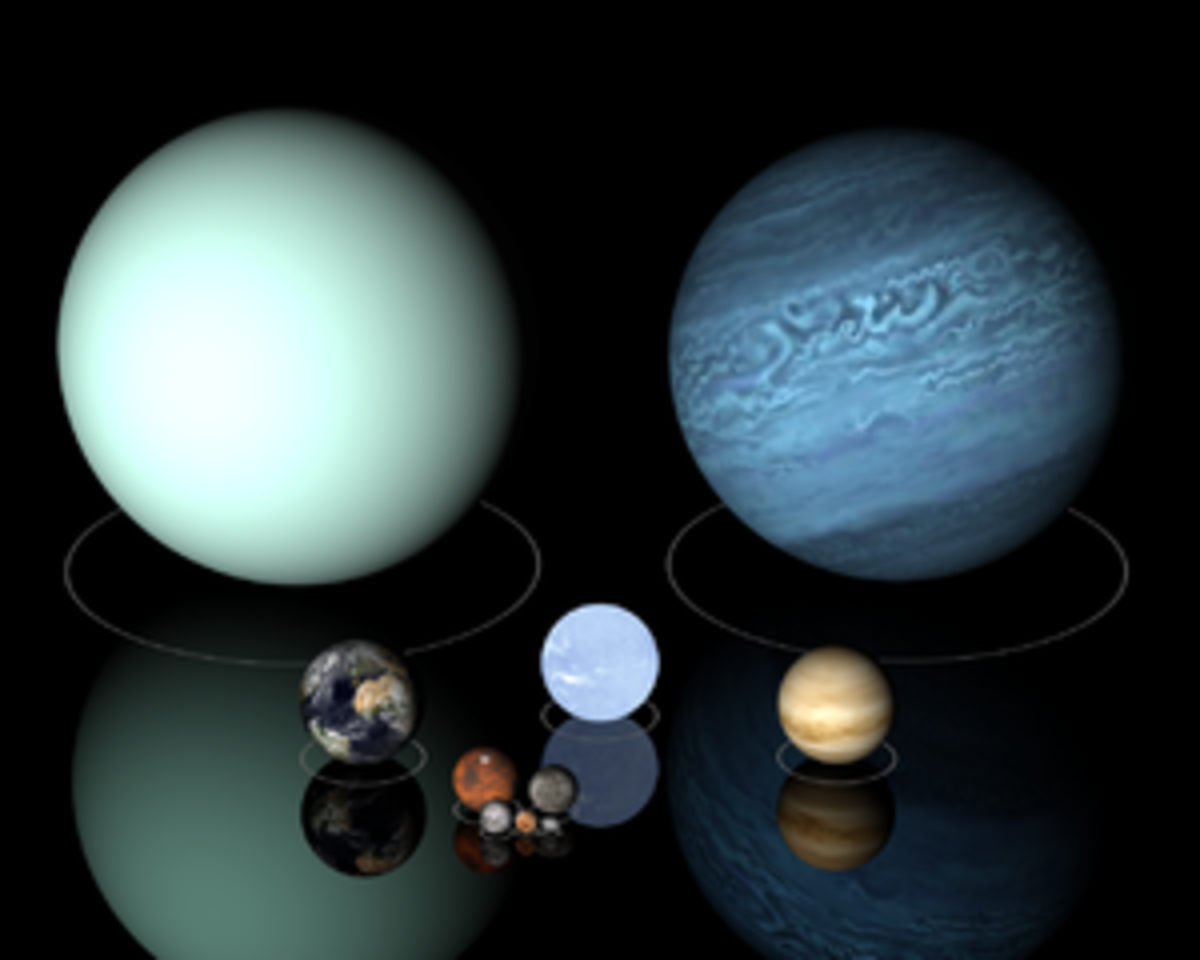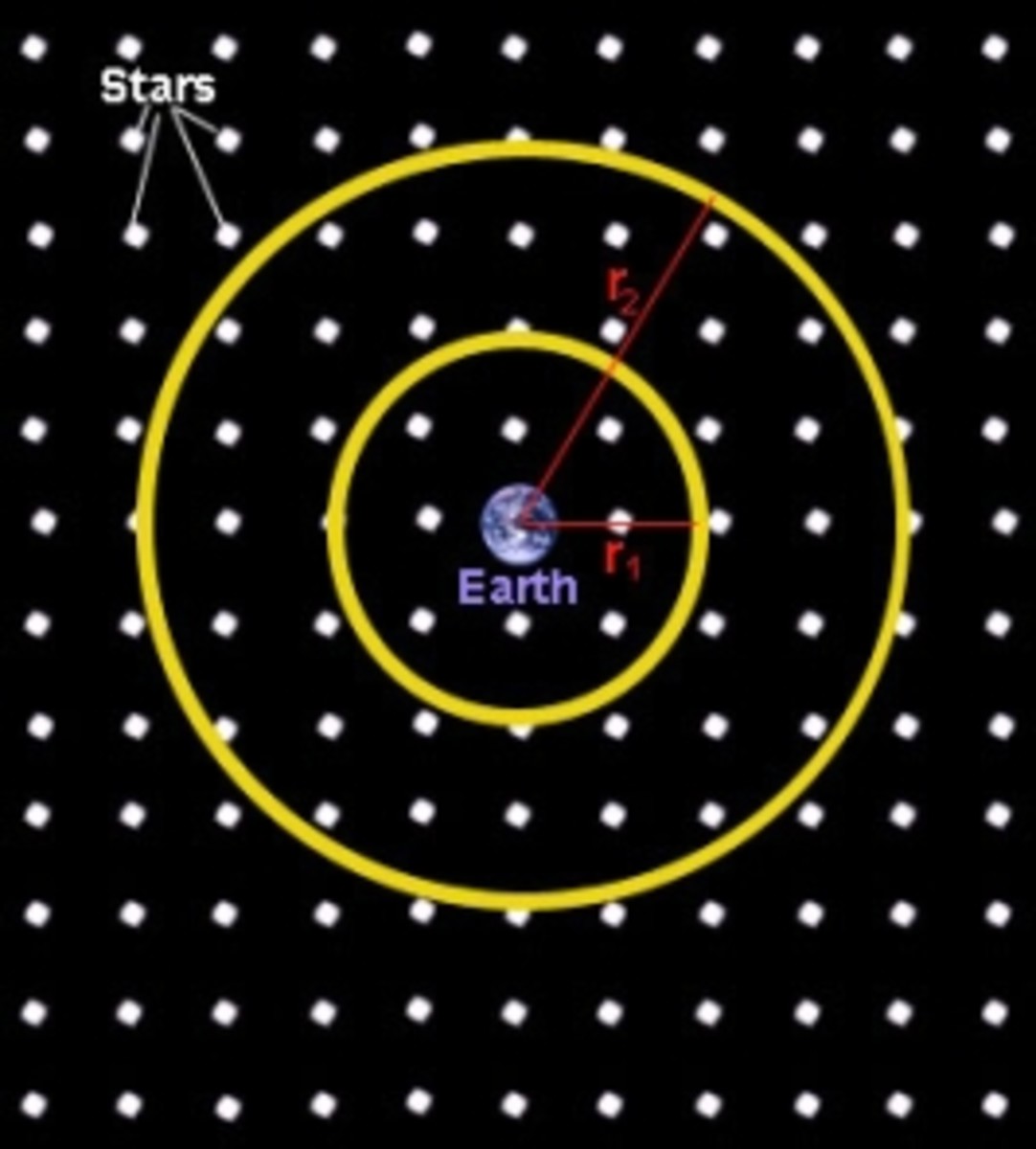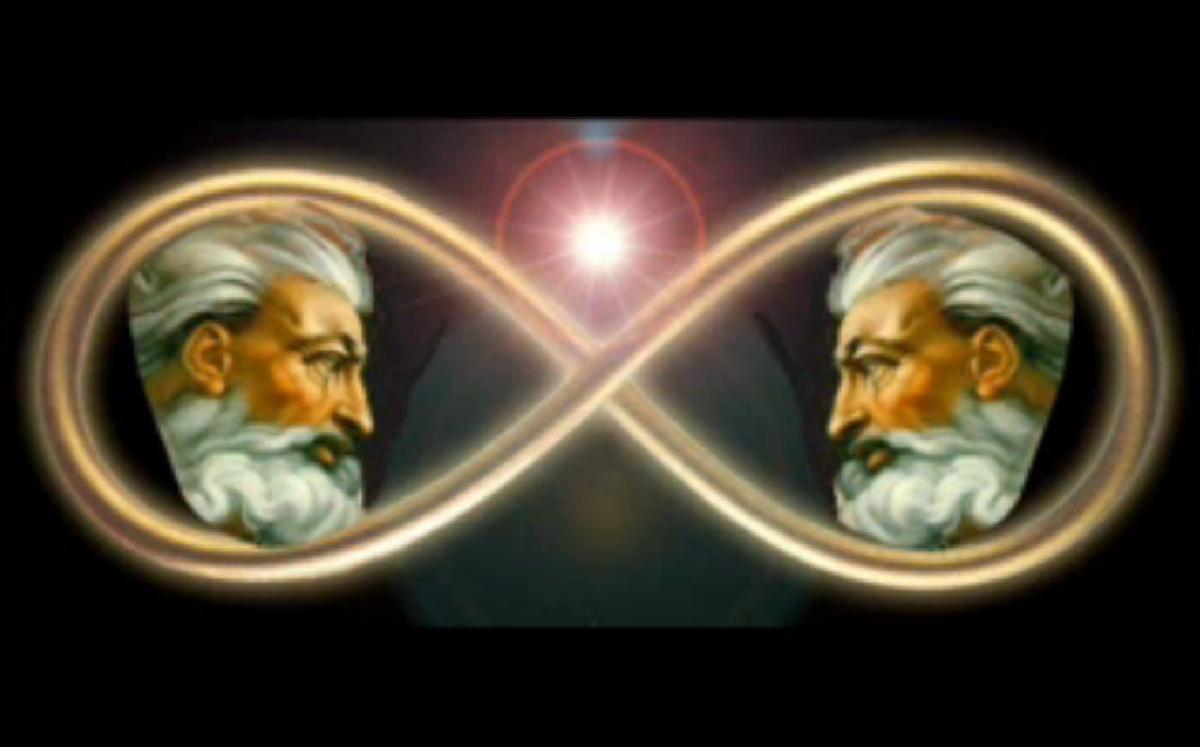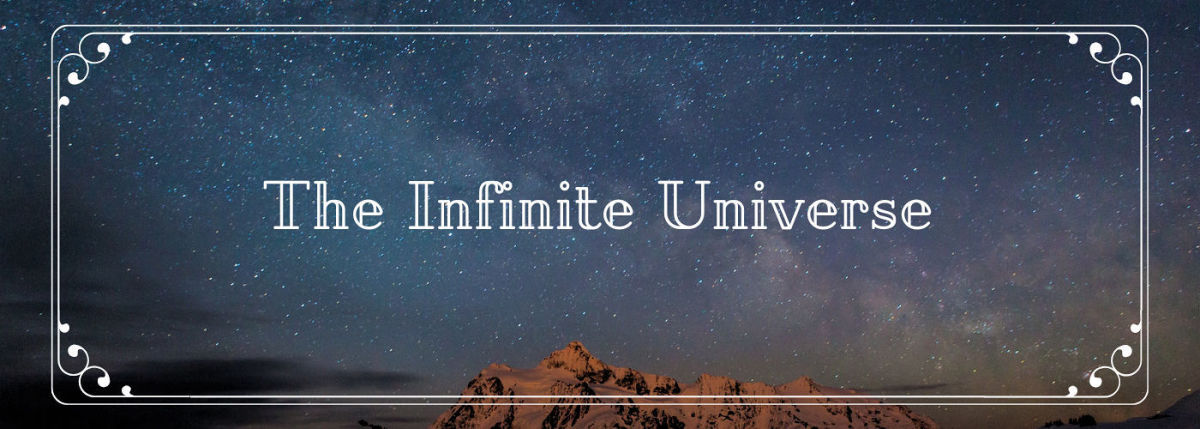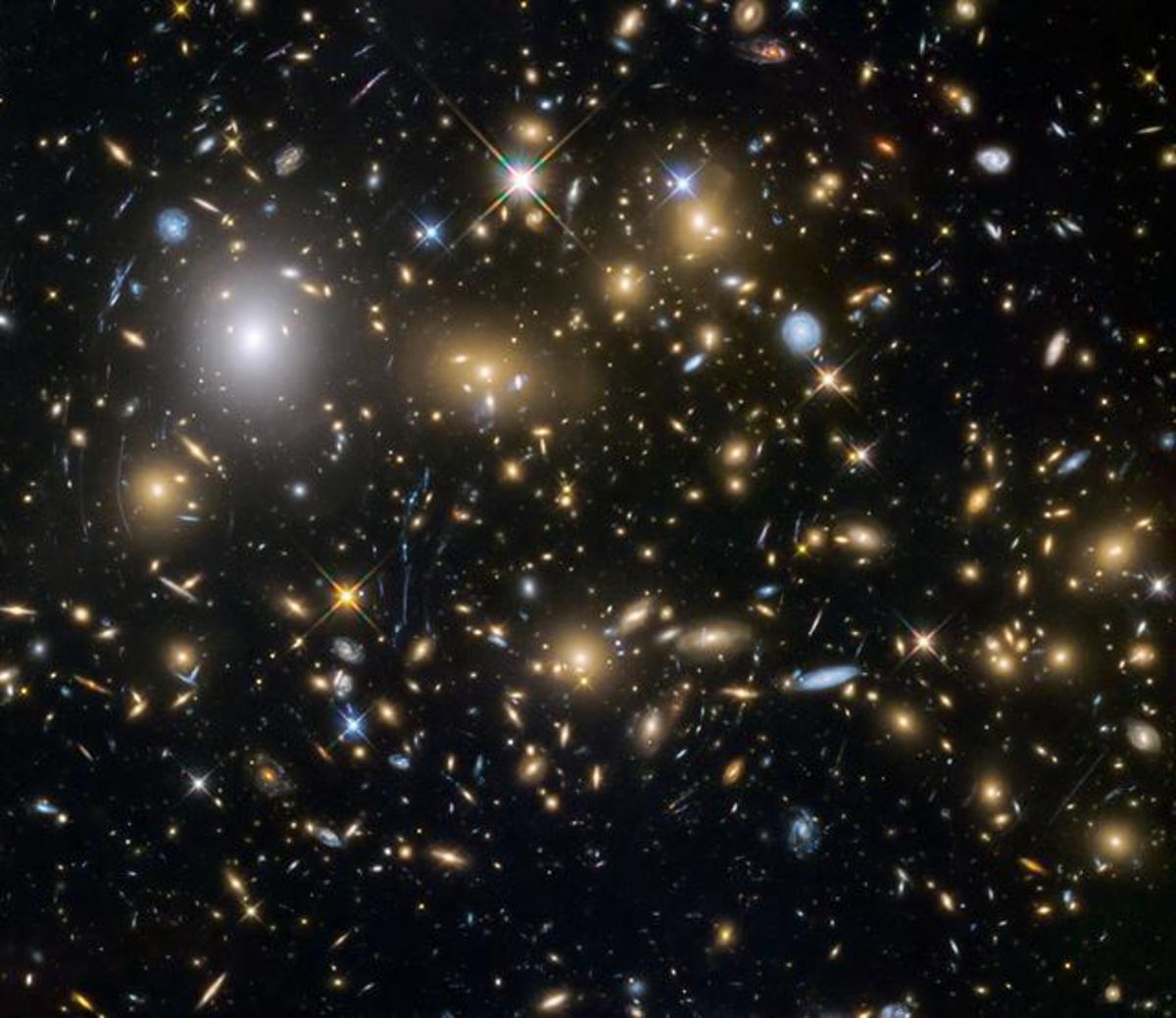A Carpenter's Perspective on the Universe

Cosmology of the Ancients
The great Titan, Atlas held the sphere of the Earth on his shoulders. What else could have held the earth up? Then what held Atlas? Well that's simple he was standing upon a great island, which rested on the back of a giant turtle. That leads us to the next question . . . "What was the turtle standing upon?" It just keeps going and going and going.
We wrestle with the same questions today in cosmology. What is the Big Bang? . . . All matter was collected together in an infinitesimal point, before there was time or space. It suddenly exploded to form space and start time. This explosion filled the universe with the everything that we now observe. It really just opens a bunch of new questions. What was surrounding the infinitesimal particle before the Big Bang? Where did the particle come from? If it was a series of Big Bangs and Big Crunches, how did it all begin in the true beginning, the first time? It all sounds so scientific and logical, until we realize the Big Bang is just nothing more than an educated guess. Just like Atlas holding the Earth. It makes us feel good, but it does not answer the really hard questions, it just delays them by a few billion years. Is it all just speculation?
The Big Bang theory comes from the observation of red shifts of galaxies. Redshift is when spectral lines in light shift towards the red. This indicates the galaxy is moving away. When a galaxy is moving toward us, the spectral lines shift to blue. The velocity of recession is assumed to be measurable by redshift. When we take into account the velocity that a galaxy is moving away, we can measure the time in light years and come up with a guesstimate on the age of the universe. In the year 2000, NASA said the universe is around 12 billion years old. Since then cosmologists have added 2 billion years to compensate for new observations. I think it will keep getting older and older as we observe more. The observable universe is thought to be somewhere around 46 billion light years in diameter.
Questions that arise with this model are many. How could one lone particle have any scale, without any reference point? Could it spin all by itself, with nothing else to influence it? Why did it suddenly explode? Where did the centrifugal force or inertial force begin, with nothing to influence it? This leads us to the next logical question . . . What is beyond the boundaries or edge of our universe? Is there an edge? That question takes us back to the old flat earth theory, where there was an edge. Is the universe a sphere, or a disc, and what is beyond it? Another big problem with the present state of the "Big Bang," are large scale super clusters and walls of galaxies. 14 billion light years is not enough time for these structures to form, traveling at velocities at, or near the speed of light.

Center of the Universe
All of those questions about origins and the big bang lead me to the really big question. Where is the center of the Universe? Well a few hundred years ago, science knew that the center of the universe, was the earth. A few hundred years later, we wised up and realized that the sun was the center of the universe. Then through observation and increased knowledge, this guy named Carl Sagan comes along and writes a book, "Pale Blue Dot." We began to see how really huge the universe is. It is larger than we can comprehend, with our finite human minds.
We began looking for the center. A logical place to start is observing a firecracker explosion. It is a hot reaction and we observe an instantaneous expansion of volatile gases. Astronomers, began looking for hot places in space. It would make sense that the center would be a few degrees warmer than the rest of space. The problem was, they didn't find one. This lack of observable data, gave rise to the membrane theory. The observable universe was like the membrane of a balloon expanding. Everything we observed was like a membrane stretching out in all directions, just like the skin of a balloon.
Just imagine for a moment that you put a firecracker inside of a balloon and lit it. Assuming the balloon was not instantly shredded and ripped apart by the explosion, the balloon would expand outward in all directions, due to the force of the explosion. Then almost instantaneously you would observe a reverse reaction as the vacuum left after the explosion would retract the balloon back to the point of explosion. Thus you see the theory of the big bang and the big crunch, in the analogy of a balloon, with no observable hot center.
Wow, the inflation of the universe, really has some huge problems. The observable universe is not a membrane, but has three dimensions. We can look any direction through telescopes and see galaxies out to 14 billion light years. When the Hubble telescope was aimed at empty space for a period of time, we found out that space was not empty at all, but there were many galaxies beyond the space, that previously had appeared to be empty. Another big problem with observing galaxies that are 14 billion years old. They are fully formed and not some primordial dust cloud in the early stages of formation. That really is a big problem with these models.
Well, that is what I see, when I visit with a client as a contractor. They client points out all of the problems with their home or business, and we discuss what they would like to do about it. The next step is to formulate a plan, then we can implement the plan by following it, and repairing what does not work. The finished product is something that works and makes sense. Let's explore our options in a future hub, please give me some input in the comments section on possible avenues to pursue. These questions beg an answer that makes sense. I do have some ideas.
